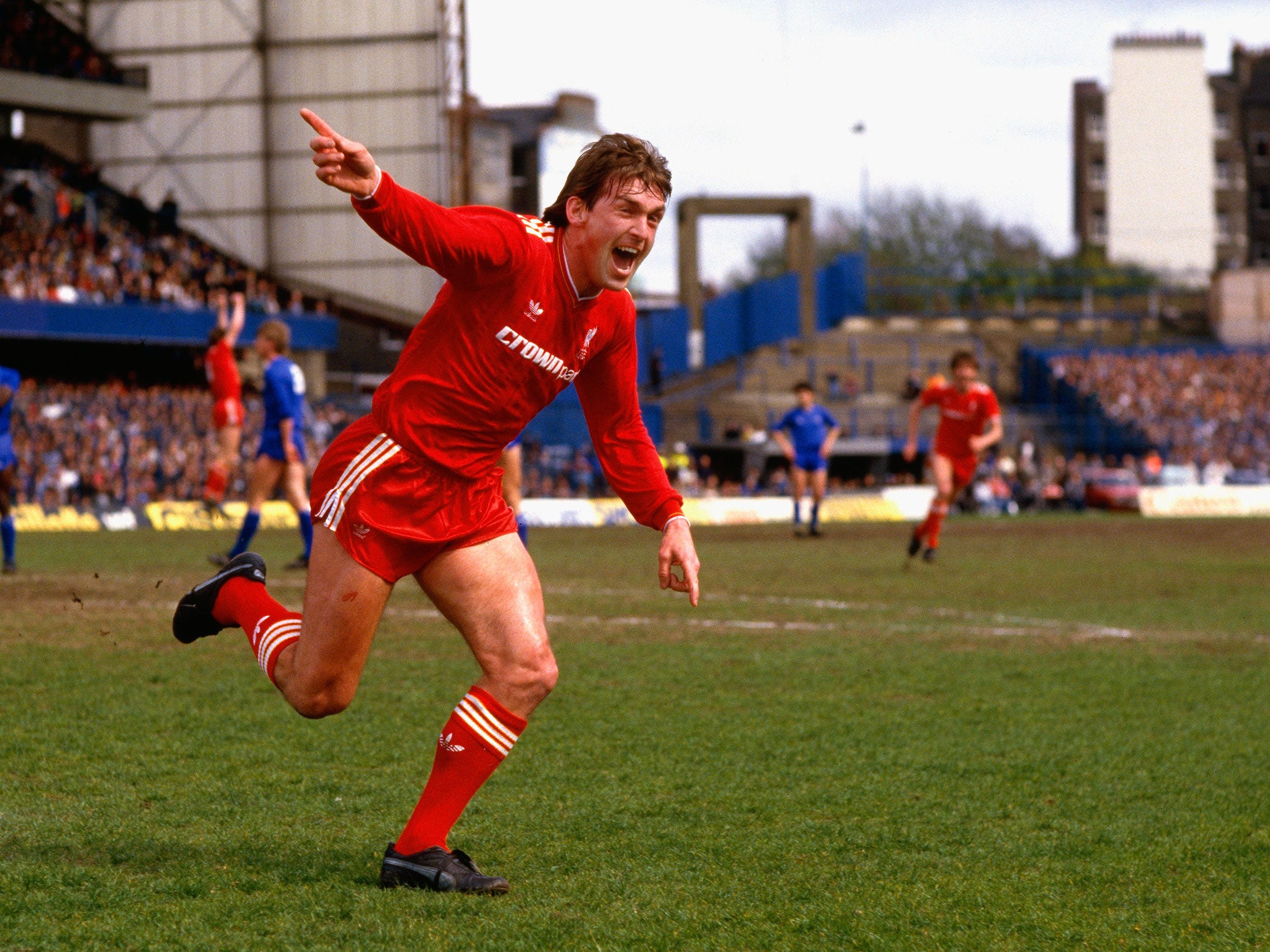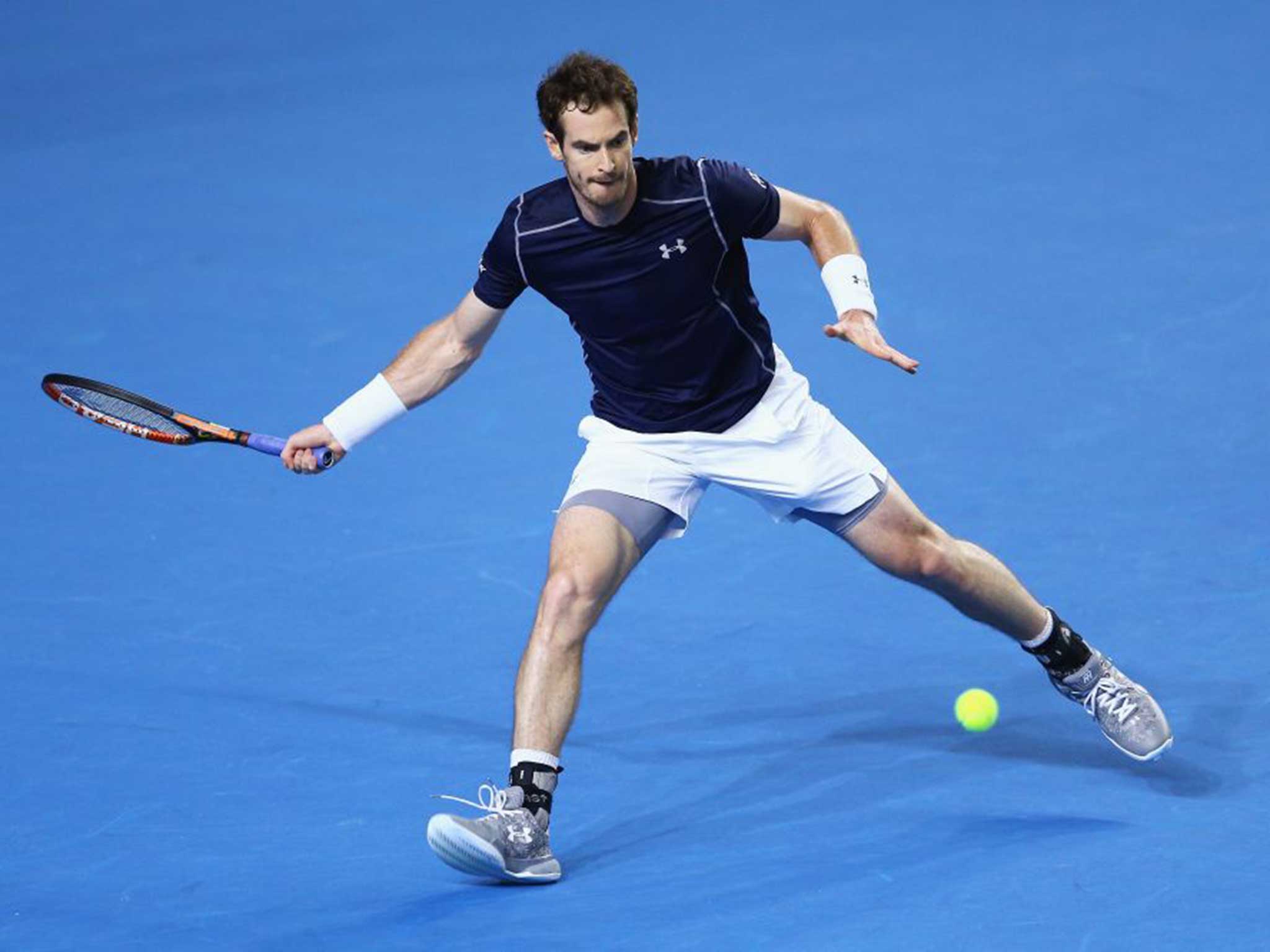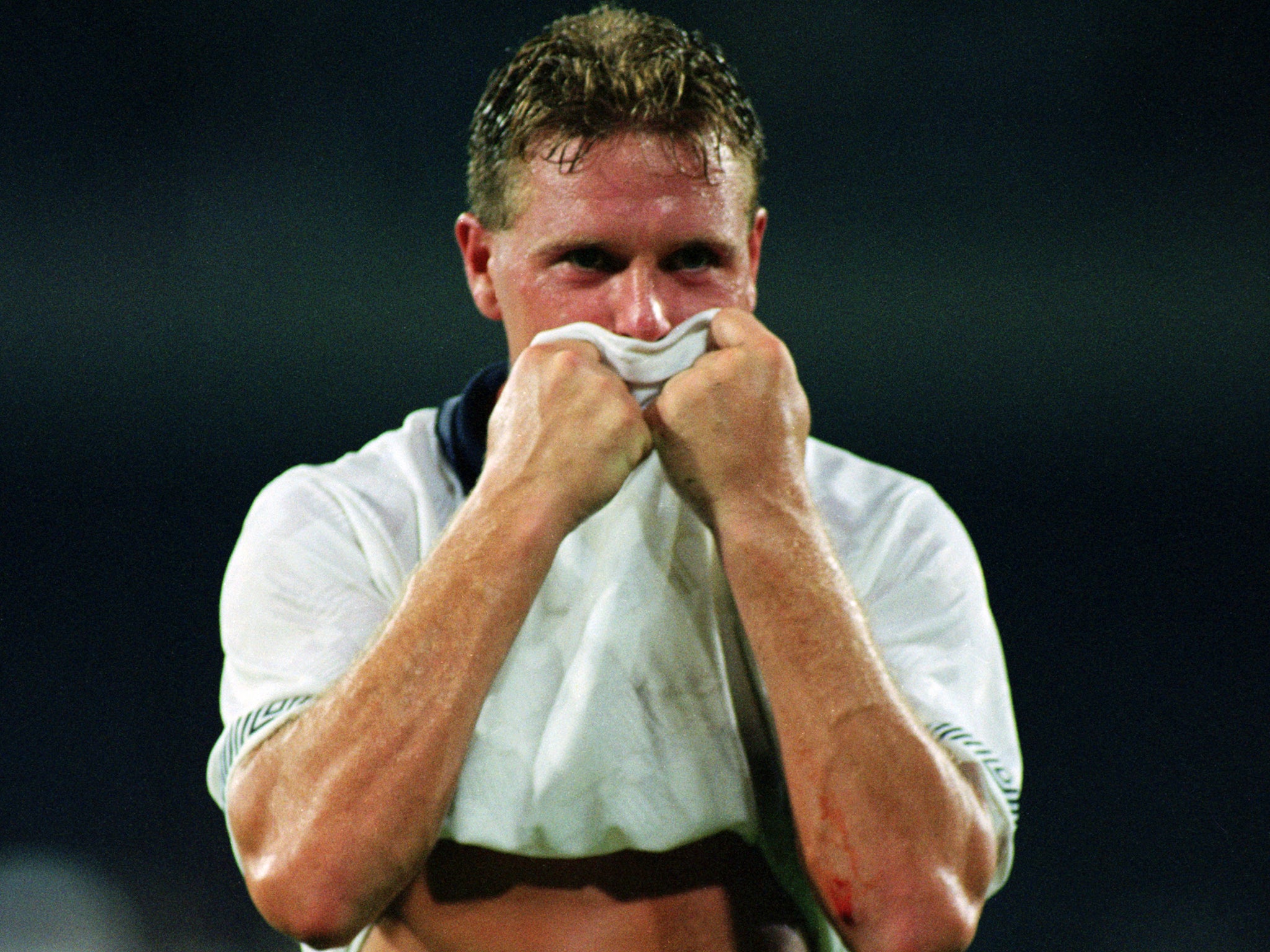From the reporting of polo to the Premier League: How the reporting of sport has changed in 30 years
After three decades in print, The Independent is moving to a digital-only format. Here, former sports editor Paul Newman takes a look at the changes – some subtle, some not – in the way sport has been covered during the newspaper’s lifetime

It was in the early 1990s when a young colleague tried – unsuccessfully, I am ashamed to admit – to convince me that the internet would change all our lives, including the way media companies operated.
More than 20 years later, his prediction has reached the ultimate conclusion, at least as far as the Independent is concerned. What you are reading now is the last print edition in the newspaper’s 30-year history. From tomorrow, our future is exclusively online.
Technology – more of which later – has helped to transform the modern media landscape, but there are so many other ways in which coverage of sport has changed during the life of this newspaper. From the massive increase in space given to Premier League football to the obliteration of coverage of “minor” sports, the media world of today is very different to that of 1986, when The Independent launched.
It was a time when Liverpool were league champions and FA Cup winners (in Kenny Dalglish’s first season as manager) and when Oxford United’s triumph in the League Cup and Steaua Bucharest’s in the European Cup demonstrated how the biggest clubs had yet to take a stranglehold on football.
England’s cricket team, under Mike Gatting, had failed to win a Test in two home series that summer, against India and New Zealand. Boris Becker and Martina Navratilova had won Wimbledon and Alain Prost was about to become Formula One world champion. Our top rugby union clubs did not compete in leagues and the sport would stay amateur for another nine years.
Sport was a major area in which The Independent was a pioneering influence at the serious end of the newspaper market. When the paper launched, it made the bold step of giving three full broadsheet pages to sport in midweek and four on a Saturday.
“How we would fill that space was a daunting thought,” Charlie Burgess, The Independent’s first sports editor, recalled. “I had come from The Guardian, where we had two pages of sport each day. In those days, daily broadsheet sports pages were filled with match reports, previews and news. You rarely saw big features or interviews, but suddenly we were regularly offering our readers big 1,000-word pieces.”
The Independent appreciated that sport and the arts sold newspapers. Within four years, the sports section had expanded – to a deep inhale of breath from those who had to fill it – to four pages every day. The space sport occupied was still only about a third of what has become the norm today, yet there was still room for wide-ranging coverage.
We had regular weekly columns on volleyball, netball, basketball and fishing, not to mention non-league football. The Saturday and Monday editions always featured hockey reports, while squash, table tennis, badminton, rowing, showjumping, three-day eventing, bowls, judo, snooker and even polo were all covered regularly. Today, many of those sports barely feature until an Olympic or Commonwealth Games comes around. Cycling is perhaps the only “minor” sport that has secured more national media coverage in the last 30 years.
There had been room for all these sports because top-flight football had not become the all-consuming monster it is today. At weekends, for example, The Independent would send reporters to a maximum of five or six football matches. It meant that there would be occasions in the Monday edition when there would be no coverage of, say, Manchester United or Arsenal. It was only after the Premier League came along in 1992 that all newspapers decided they had to cover every match in the top flight.
Today the Premier League reigns supreme. Newspapers regularly have two or more reporters at the bigger matches. The Championship is the league with the fourth highest crowds in Europe (behind the Premier League, the German Bundesliga and Spain’s La Liga), yet receives scant national media coverage.
Is that trend away from lesser competitions and smaller sports a bad thing? Maybe not. These days, if readers want to know what happened at the national squash championships or are seeking news from their lower-league football club, they can find out from other sources, most notably online. Commercial prudence means that newspapers aim for the mass market. It is also much more cost-efficient to send a staff reporter to write 1,000 words on a Premier League match than to commission five freelances to write 200 words each on five different minor sports.
Even within the bigger sports there has been a significant shift towards focusing on the highest levels. In the days when one cricket reporter from The Independent would take his dog into press boxes up and down the country, we used to cover several county championship matches in every round. Last summer, there were weeks when we did not cover any.
Golf reporters used to follow the European Tour through the year, but now the focus is very much on the majors. Tennis has probably raised its year-round profile, but for largely parochial reasons, thanks to Tim Henman, Greg Rusedski and Andy Murray. Formula One has become huge, but whatever happened to coverage of the world rally championship, the Le Mans 24-hour race or British touring cars?

The National Hunt Festival at Cheltenham has become a major fixture in the sporting calendar, but horse racing generally has a much lower profile. When The Independent launched, Lester Piggott, Willie Carson and Pat Eddery were major sporting figures. How many readers today would know that Silvestre de Sousa is the current Flat champion jockey?
It took daily newspapers a long time to grasp the nettle – maybe because so many sports editors themselves were big punters – but most have come to appreciate that horse racing merits limited space. The Independent was the first to start dropping race cards. We did so with great trepidation, but there was not much negative reaction from readers.
Within football, the FA Cup has become little more than a sideshow in the face of the modern-day emphasis on the Premier League and the Champions League. Thirty years ago, when the FA Cup third round and final were among the biggest days in the sporting year, nobody would have believed that many clubs – even those outside the Premier League – would, in future, field weakened teams to save their best players for other competitions. Falling media coverage of the FA Cup reflects – and has, perhaps, accelerated – that trend.
Meanwhile, the nature of sports reporting has also changed hugely. Drugs, corruption and financial crises were probably just as prevalent in 1986, but received little coverage compared with today.
With so much sport available on television, the written media have had to become more analytical, more informative and more entertaining.
By reporting what managers, coaches, competitors and officials have to say, the written press provide news and insights that readers would not have got from sitting in front of a TV screen. Some see that as a “tabloidisation” of the serious press, but it must be a good thing that we have become more news-aware, even if it does mean that we speculate more than before.
Our interviews and in-depth features give readers a better insight into sport, while writers appreciate the need to entertain as much as to inform. Nobody trod that path better than Martin Johnson, The Independent’s first cricket correspondent, who shook up the broadsheet press with his irreverent reporting. “There are only three things wrong with the English team,” he wrote from Australia during his first coverage of an Ashes tour. “They can’t bat, they can’t bowl and they can’t field.”
The workload of sports reporters has increased many times over, thanks to the expansion of new media and the trimming of staff numbers, but technology makes life easier. How did we survive without the internet, email, wifi and laptops?
When The Independent launched, the Tandy – a portable computer that sent journalists’ reports to the office via a telephone line – had already started to transform our lives, though the technology did not always work. That brought back the nightmare of reporting from noisy football matches and screaming your copy word-for-word down a telephone to a copytaker, who would type it out back at the office.
Phil Shaw, The Independent’s former Midlands football reporter, recalled: “I remember once saying ‘Gazza’, thinking the copytaker would be aware of who I meant and I wouldn’t have to spell it out... but he came back with a bemused: ‘How are you spelling that?’ I said: ‘You know, the guy from the World Cup. He’s all over the papers.’

“The copytaker said sternly: ‘No, I don’t know him. So how are you spelling it?’ I can remember making myself hoarse, shouting above a noisy crowd: ‘G for George – no, George, not horse. G, like glitter. No, not litter. G for garage, or Gary or Graham. Yes, that G.’ By the time you’d finished, a couple of goals might have gone in and you were playing catch-up.”
Now, at least as far as The Independent is concerned, copytakers are to be joined in history by newsprint. The future is online. Long may The Indy thrive there.
Join our commenting forum
Join thought-provoking conversations, follow other Independent readers and see their replies
Comments